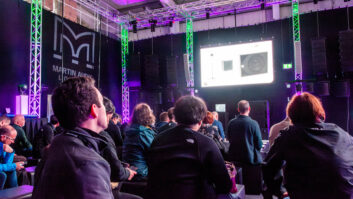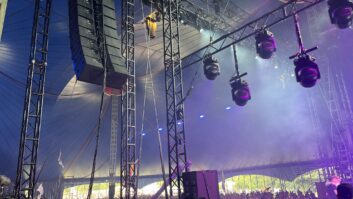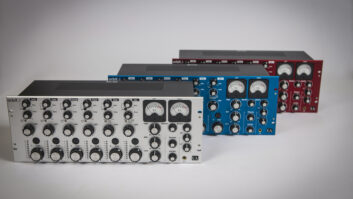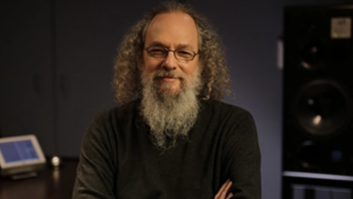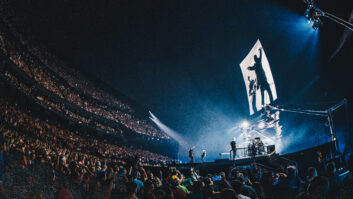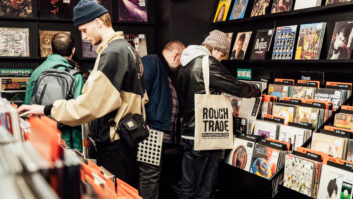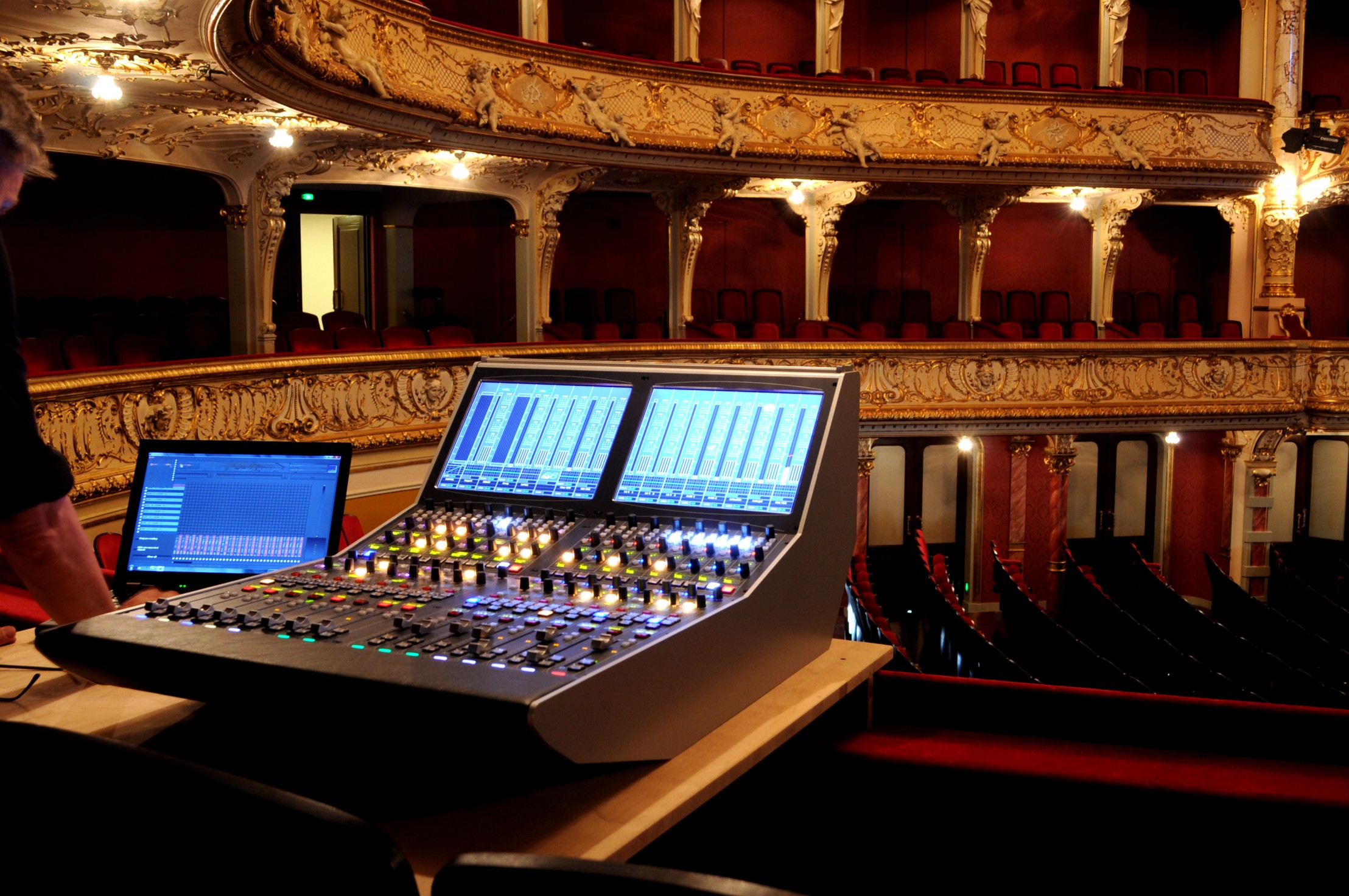
An increasingly discerning customer base is evolving the expectations placed on theatre audio consoles. David Davies examines some of the contributing factors such as budget and audio transparency.
The gradual but now essentially complete migration from analogue to digital has clearly been the greatest single change to affect the use of consoles in theatres during the past 10 years. Quite apart from digital desks’ greater flexibility and ease of (re)configuration, these consoles’ more compact form factor has freed up valuable seating space – bringing obvious benefits for revenue.
But in conjunction with this primary shift, the console’s role in a theatre has also undergone an evolution. As digital desks’ feature sets have increased, the need for outboard gear has steadily diminished – to the point where it frequently has little place in new audio specifications. The more frequent need to deploy consoles in different performance spaces has also impacted upon design, while many theatres are now keen to take advantage of full networking. In the absence of one all-conquering solution, this obliges console makers to offer support for multiple networking technologies.
The overriding impression, therefore, is that the selection of a permanent audio console for a theatre is necessarily a more scrupulous exercise than ever. A long-term stalwart of the analogue theatre console market, Cadac is now making inroads into the digital domain with its CDC desks, and brand development manager Richard Ferriday proffers a succinct summary of customers’ expectations.
“Within five years from now, if you don’t make microphones or mixers or self-powered loudspeakers you really need to ask yourself what it is you are going to be doing,” he says. “With digital mixers, people now expect them to do everything you need to do between a microphone and a self-powered speaker. They really do have to be capable of fulfilling a lot of different functions.”
Transparency
Users’ expectations of audio consoles in terms of processing and effects have increased exponentially over time – but some requirements are more eternal. Principal among these is audio transparency in an environment where, for drama and stand-up, ‘invisibility’ of reinforcement is pivotal.
“Amplified audio in a theatre requires absolute transparency,” says Ferriday. “The Holy Grail is that the audience should be completely unaware of the amplification. The signal chain from the microphones to the loudspeaker placement… everything should be as transparent as possible.”
For console makers, that equates to the careful selection and deployment of mic pres and converters, as well as “managing latency in the digital system so there is no COMB filtering or audio artefacts created by way of the DSP routing internally”, remarks Ferriday.
‘Maximum Features, Minimum Spend’
Theatre is a notoriously fickle business in which much-hyped, big-budget productions can close ignominiously in a matter of months or even weeks. Extended periods ‘in the dark’ can put huge pressure on venues and operators, particularly in financially straitened periods like the present. So it stands to reason that the cost/feature expectations of consoles in theatres is acute.
“Of course, theatre sound designers and engineers are looking for the maximum features for minimum spend, no different to other application markets, and the demands of a console vary according to the size of theatre, complexity of speaker outputs and the skillset of the operators,” says Sean Karpowicz, Soundcraft product manager for the Si Series mixing consoles. “Facilities can range from highly complex and high-profile productions on Broadway or in the West End, to local community and school theatres where amateurs or volunteers require a very simple-to-operate surface – therefore easy-to-learn-and-use user interfaces become important.”
Lawo’s latest launch, the compact mc²36, chimes with the theatrical market’s need for highly specified but cost-effective consoles. Product manager for live & theatre Hervé de Caro highlights the fact that theatre customers “always tend to be looking for high-quality effects, so it’s vital that you provide those. Then obviously there are considerations with regard to redundancy and making sure that the connectivity of the console – to the broadband network, for example – is good.”
